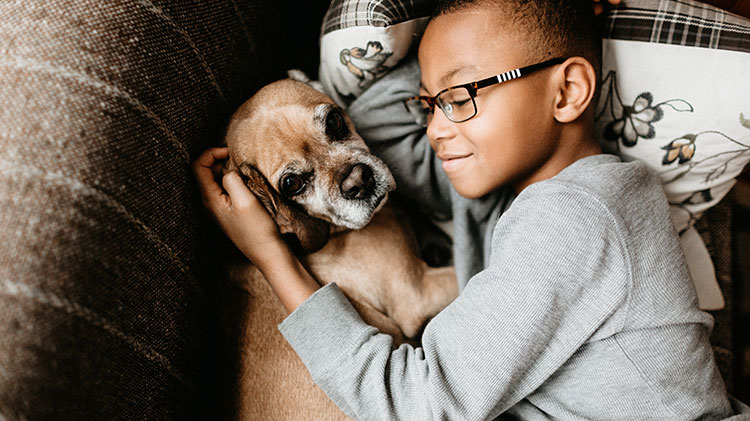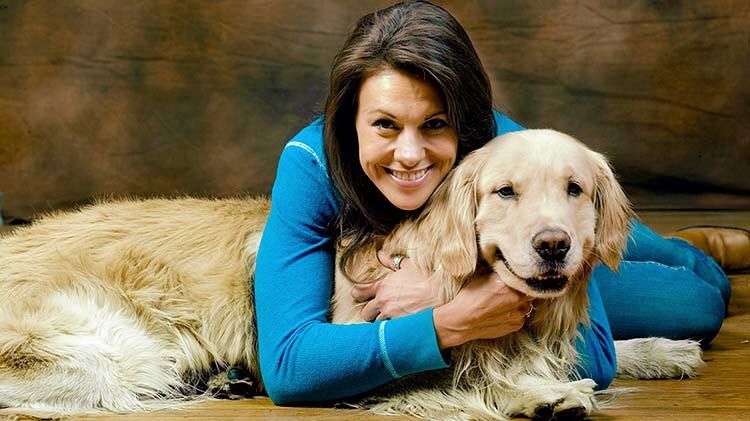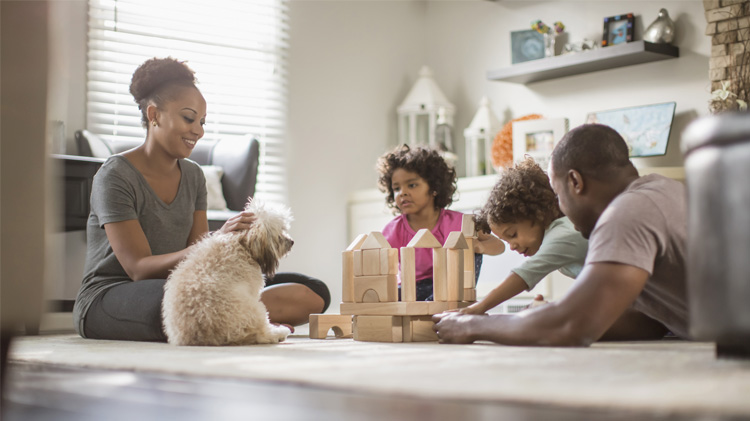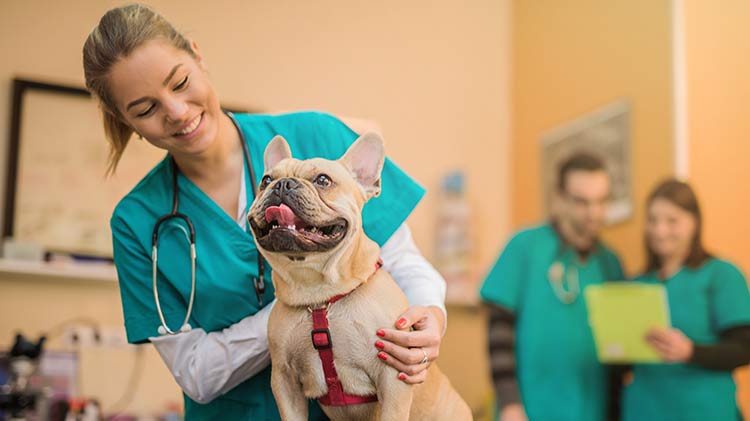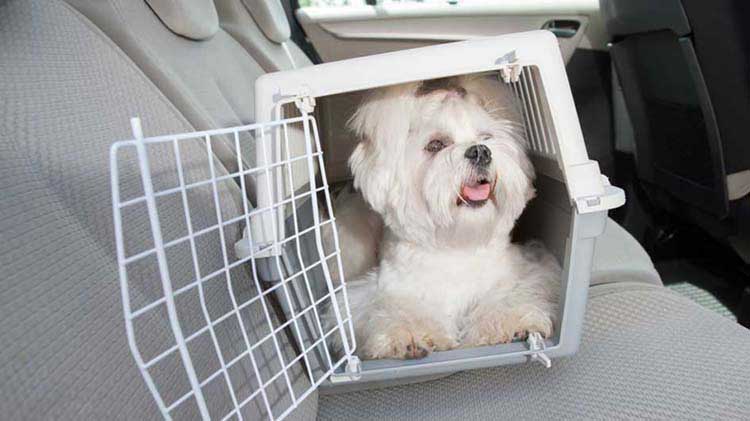Tips for pet safety at home and in the car
Here are ways to keep your dog, cat, bird and more safe while you drive or are at home.
Your pets are a little like kids: You have to feed them, pick up after them and keep them safe. Of course, for the dog, cat, bird and more in your home and in your car, the safety rules are a little different. Here are some good strategies to ensure their health.
Pet safety in the house
- Check your plants. Some are toxic to animals; if you can't place them out of reach, ask friends or family if they'll take your greenery for you.
- Enclose all food. Hungry animals don't know the difference between human food and pet food, and they also may not be able to control themselves. Keep food off countertops and behind shut doors.
- Remove any choking or eating hazards. This is especially important for animals such as dogs and cats that like to chew — on anything. You may find clothing, electronics and shoes present unwanted allure.
- Lock up dangerous household chemicals. Curious pets may be able to open cabinet doors; use child-safe locks to prevent access.
- Confine them when you're gone. A crate or room that's separated by a gate may be a good solution to ensure your pet feels secure and can't destroy anything in your home, too.
- Watch out for them when you're busy. That includes when you're cooking and cleaning up, or even just playing.
- Build pet safety into your yard. Guard them from harm by fixing fences and keeping the lawn free of any obstacles or trash.
Pet safety in the car
- Keep your pets separate from you. Having a pet on your lap while driving is not OK; they're a distraction and at risk. Instead, consider a heavy-duty, in-car crate or barrier.
- Secure them. If you're in an accident, you want your animal to have protection. In addition, a restraint keeps them from running away. Consider a leash or harness.
- Research stops. On a longer road trip, make sure you have plenty of pet-safe stops to let them out (on a leash) for bathroom and exercise breaks.
Need more ideas of ways to keep your pets safe at home? Check out this infographic.
For many of us, pets are full-fledged family members. And as pet "parents,"it is our responsibility to provide a home where they can live and play safely — inside and out. Here are a few ways to make your home and yard as pet-friendly as possible.
While you cook & eat
- Use garbage cans with lids that close securely or lock, and keep the lids closed.
- Install child locks on lower cabinet doors.
- Store cleaning supplies and chemicals on upper shelves.
- Be aware of foods that can be poisonous to animals: grapes, raisins, chocolate and coffee grounds, among others.
As you clean up
- Keep toilet lids closed.
- Be sure that all medications, cleaning supplies, laundry detergent, dryer sheets and other chemicals are out of reach.
- Store sharp objects, such as razors, up high.
- Close doors on dryers and washers.
Where you live & play
- Move or cover electrical cords that could be chewed.
- Pick up children's toys; small parts could be choking hazards, and batteries are toxic if eaten.
- Keep plants out of reach. Aloe vera, philodendron and others can be toxic to animals.
Out of the house
- Store sharp tools, chemicals and fertilizers high up.
- Clean up spilled or leaked antifreeze; even small amounts are very toxic to animals.
- Unplug and put away any power tools.
In your yard
- Check and repair fence boards that may be loose.
- Bury chicken wire to prevent pets from digging or escaping under fence boards.
- If you spray the yard with chemicals, fertilizers or herbicides, look for pet-safe options and/or follow manufacturer's directions.
- Consider barriers around flower beds, vegetable gardens and open water areas such as swimming pools.
